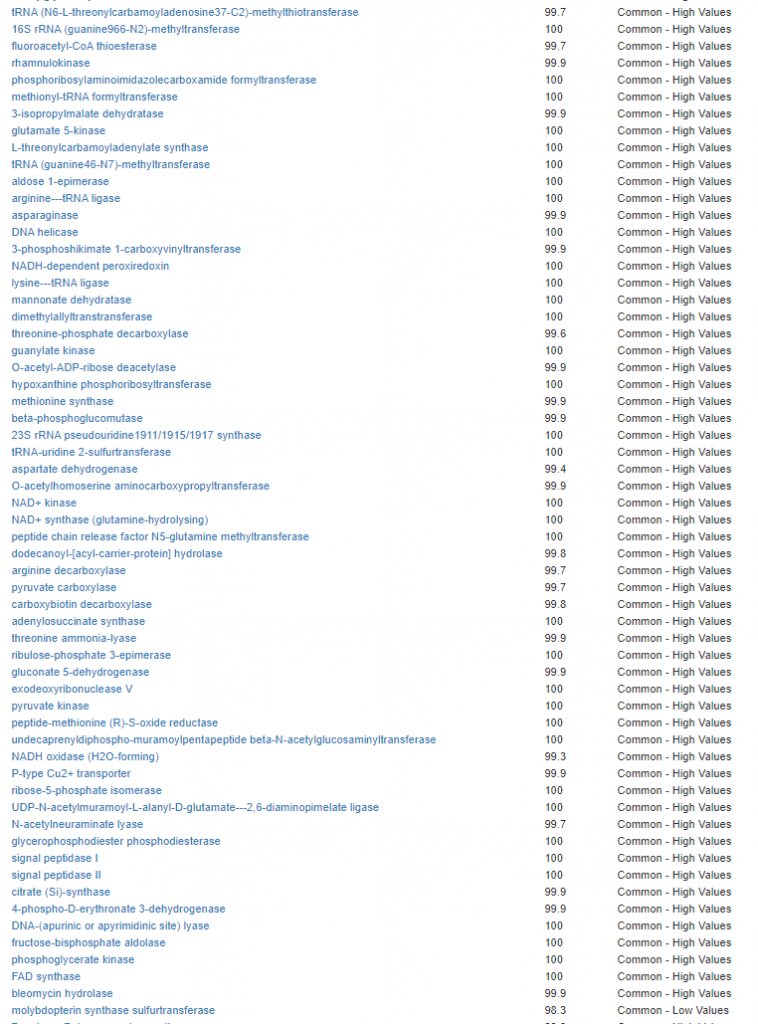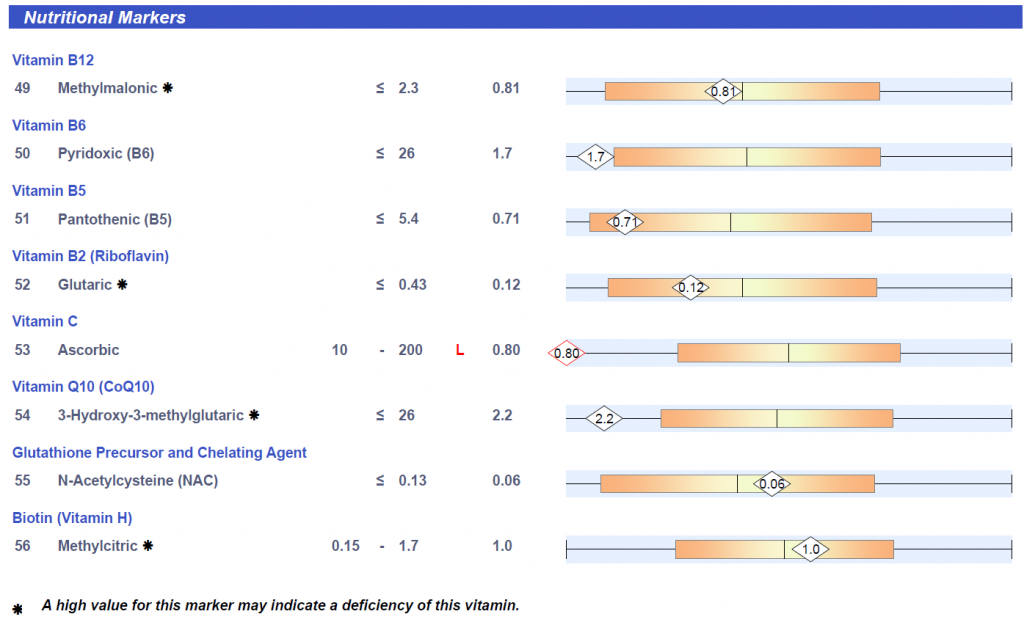I have written posts on this for ME/CFS, listed below — but a reader asked me specific for Autism. On Pubmed there was a number of studies on Autism and FMT, hence this article.
- A Healthy FMT Donor Microbiome and response to FMT Dec 2017
- Fecal Transplants – not for the herx adverse! May 2016
- An ideal FMT Donor scenario for ME/CFS Jan 2020
- Fecal Matter Transplants and Phages Aug 2020
- Fecal Microbiota Transplantation (FMT)
Autism Specific
- The effect of fecal microbiota transplantation on autistic-like behaviors in Fmr1 KO mice [2020]
- “Because the amounts of Akkermansia muciniphila in Fmr1 KO mice was very low, …. We found that FMT ameliorated autistic-like behaviors, especially memory deficits and social withdrawal, and we observed that the levels of A. muciniphila were normalized to wild-type levels.” – i.e. one specific shift only
- Prebiotics, probiotics and fecal microbiota transplantation in autism: A systematic review [2020] “the results should be taken with caution because there are very few studies that analyze the efficacy of long-term treatments and the different combinations of them.”
- [Association between the clinical efficacy of fecal microbiota transplantation in recipients and the choice of donor] [2020]
- ” 83 cases of autism,… Effective rates… autism 61.6% (45/73) .. may also be related to the effectiveness of donors”
- [Effect of intestinal preparation on the efficacy and safety of fecal microbiota transplantation treatment] [2020] “The overall morbidity of complication was 31.1% “
- Fecal Microbiota Transplantation in Neurological Disorders [2020]
- ” Preliminary literature suggests that FMT may be a promising treatment option for several neurological disorders. However, available evidence is still scanty and some contrasting results were observed. A limited number of studies in humans have been performed or are ongoing, while for some disorders only animal experiments have been conducted.”
- Fecal microbiota and metabolome of children with autism and pervasive developmental disorder not otherwise specified [2013]
- Microbiota Transfer Therapy alters gut ecosystem and improves gastrointestinal and autism symptoms: an open-label study [2017]
- “involved a 2-week antibiotic treatment, a bowel cleanse, and then an extended fecal microbiota transplant (FMT) using a high initial dose followed by daily and lower maintenance doses for 7-8 weeks. The Gastrointestinal Symptom Rating Scale revealed an approximately 80% reduction of GI symptoms at the end of treatment, including significant improvements in symptoms of constipation, diarrhea, indigestion, and abdominal pain. Improvements persisted 8 weeks after treatment. Similarly, clinical assessments showed that behavioral ASD symptoms improved significantly and remained improved 8 weeks after treatment ended. “
- Long-term benefit of Microbiota Transfer Therapy on autism symptoms and gut microbiota [2019] “we report on a follow-up with the same 18 participants two years after treatment was completed. Notably, most improvements in GI symptoms were maintained, and autism-related symptoms improved even more after the end of treatment. “
Together, these findings suggest that MTT is safe and well-tolerated in children with ASD ages 7–16 years. MTT led to significant improvements in both GI- and ASD-related symptoms, and the improvements were sustained at least 8 weeks after treatment. Coincident with these clinical improvements, both microbiota and phage from the donors appear to have engrafted, at least partially, in the recipients. This shifted gut microbiota of children with ASD toward that of neurotypical children is consistent with the hypothesis that gut microbiota may be at least partially responsible for GI and ASD symptoms.
Microbiota transfer therapy alters gut ecosystem and improves gastrointestinal and autism symptoms: an open-label study.[2017]
Bottom Line
The largest studies are from China with 73 patients. One of the typical problem with small studies is bias in the selection of candidates as well as reporting averages. With the China study we get 61.6% improvement; this agrees with “most improvements” (i.e. over 50%) from other studies.
The selection of the donor is critical. For example, if the child is low in Akkermansia muciniphila, the donor should be high (i.e. above the median at least, ideally at the 75%ile or more). A 16s microbiome profile should be done on the child and candidate samples before proceeding. “Bottled off-the shelf FMTs” will likely have poorer success rates.
This is not a cure, it is an improvement. The greatest benefit may occur in children with gastrointestinal symptoms (speculation ).
































Recent Comments